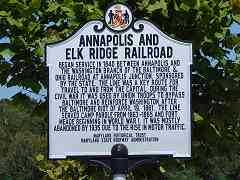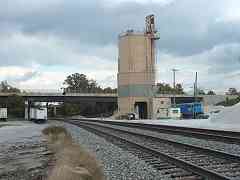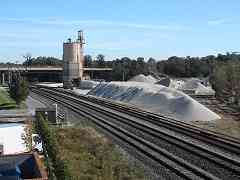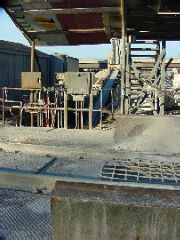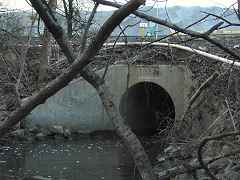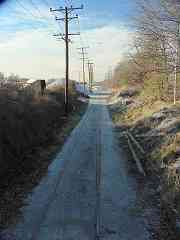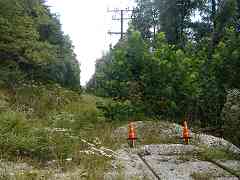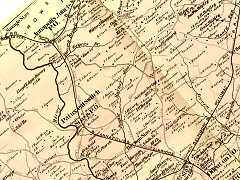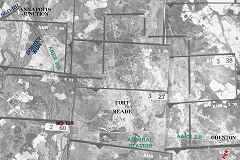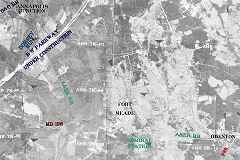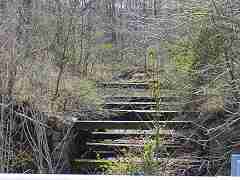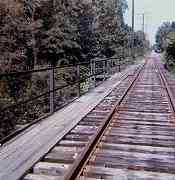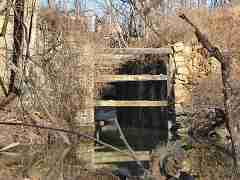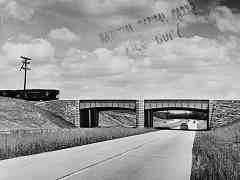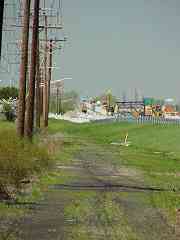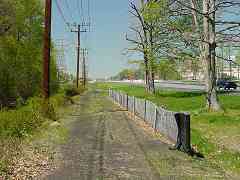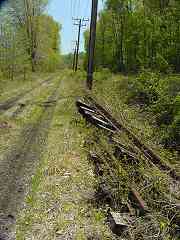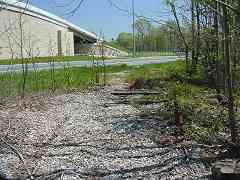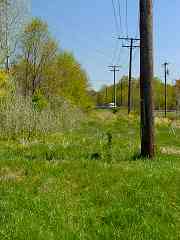|
Even though for decades it was the only railroad to serve Annapolis, A&ER
was never very profitable. It was reorganized in 1886 as the Annapolis,
Washington and Baltimore, and in 1903 or 1908 (sources vary) was acquired
by the Washington, Baltimore and Annapolis (WB&A). WB&A had been slightly
more successful, in part because it had more direct (faster) routes from Annapolis
to Baltimore and Washington. Then in 1917 it convinced the US Army to build Camp
�Admiral on land around the former A&ER Harman Station. The station was renamed
Admiral to match, but Camp Admiral became Camp Meade, and later, Fort Meade.
B&O and Pennsylvania RR, not wanting to be left out of the troop movement
to and from the new, large camp, secured rights and upgraded old A&ER track.
B&O built east from Annapolis Junction, and Pennsy west from Odenton.
Hurt by the depression and a labor strike, WB&A was forced to disband in 1935,
and sold its Fort Meade Branch (the tracks between Annapolis Junction and Odenton)
to B&O. B&O continued to operate the route to serve Fort Meade, and also to
provide a connection with Pennsy. After WWII, rail traffic levels slowly
declined, and B&O ceased service along the line sometime in the 1970s.
During the 1980s, limited access MD 32 was built adjacent. Even today there are
artifacts to be found.
|
